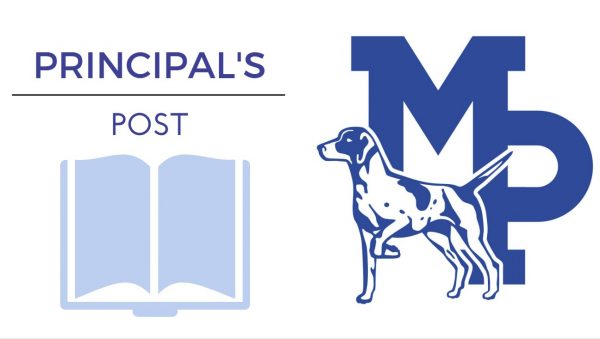 When you don’t know how to do something, what do you do? Unless you are handier than me (and that’s not saying much), you likely YouTube it. Whether it is a dishwasher that isn’t cleaning properly or a computer that keeps freezing, someone somewhere has created a video that offers a solution to your issue. My children get this intuitively; they know how to search with specific keywords to find videos when they cannot get past a certain level on a video game or want to learn origami. Some of this content is created by kids their same age.
When you don’t know how to do something, what do you do? Unless you are handier than me (and that’s not saying much), you likely YouTube it. Whether it is a dishwasher that isn’t cleaning properly or a computer that keeps freezing, someone somewhere has created a video that offers a solution to your issue. My children get this intuitively; they know how to search with specific keywords to find videos when they cannot get past a certain level on a video game or want to learn origami. Some of this content is created by kids their same age.
These smaller wonderings can lead to bigger questions, such as: When did “YouTube” become a verb? Additionally, who are the authors and creators of these tutorials and video explanations? Are they credible and reliable? Can we rely on the number of likes and positive comments of their content to determine this? If the answer is no, how then do we know?
This line of inquiry leads to a main reason why our new strategic plan focuses on two things: academic innovation & independence and community engagement. Specific to the context of formal education, our institution is no longer the primary source of information. Learning can happen anytime, anywhere. The traditional textbook is going the way of the dinosaur and dodo bird because the minute they are published, they are outdated. Desks are being replaced with tables, flexible seating and collaborative spaces because, as others have noted, the adult is not the only teacher in the room. With the tools available now, anyone can be a teacher in the 21st century.
The knowledge, skills, and dispositions needed today have changed. There are benefits and risks. For example, while we can connect with anyone in the world thanks to the Internet, do we risk losing our connections with our local community? In this case, we should be teaching digital literacy as well as its traditional sibling. Yes, we can pick up a skill from a short video, yet the creator doesn’t understand our context or how we best learn. I believe knowing the needs of our students and our community, and then designing instruction around these needs, it is the right step in our journey toward excellence.
MATT RENWICK
PRINCIPAL, ELEMENTARY SCHOOL
This is Matt’s eighteenth year in public education. He started as a 5th and 6th grade teacher in a country school outside of Wisconsin Rapids, WI. After seven years of teaching, Matt served as an assistant principal, athletic director, and building principal all in Wisconsin Rapids. As an elementary principal with the Mineral Point Unified School District, he enjoys working with students, staff, and families in a collective pursuit of lifelong learning.

